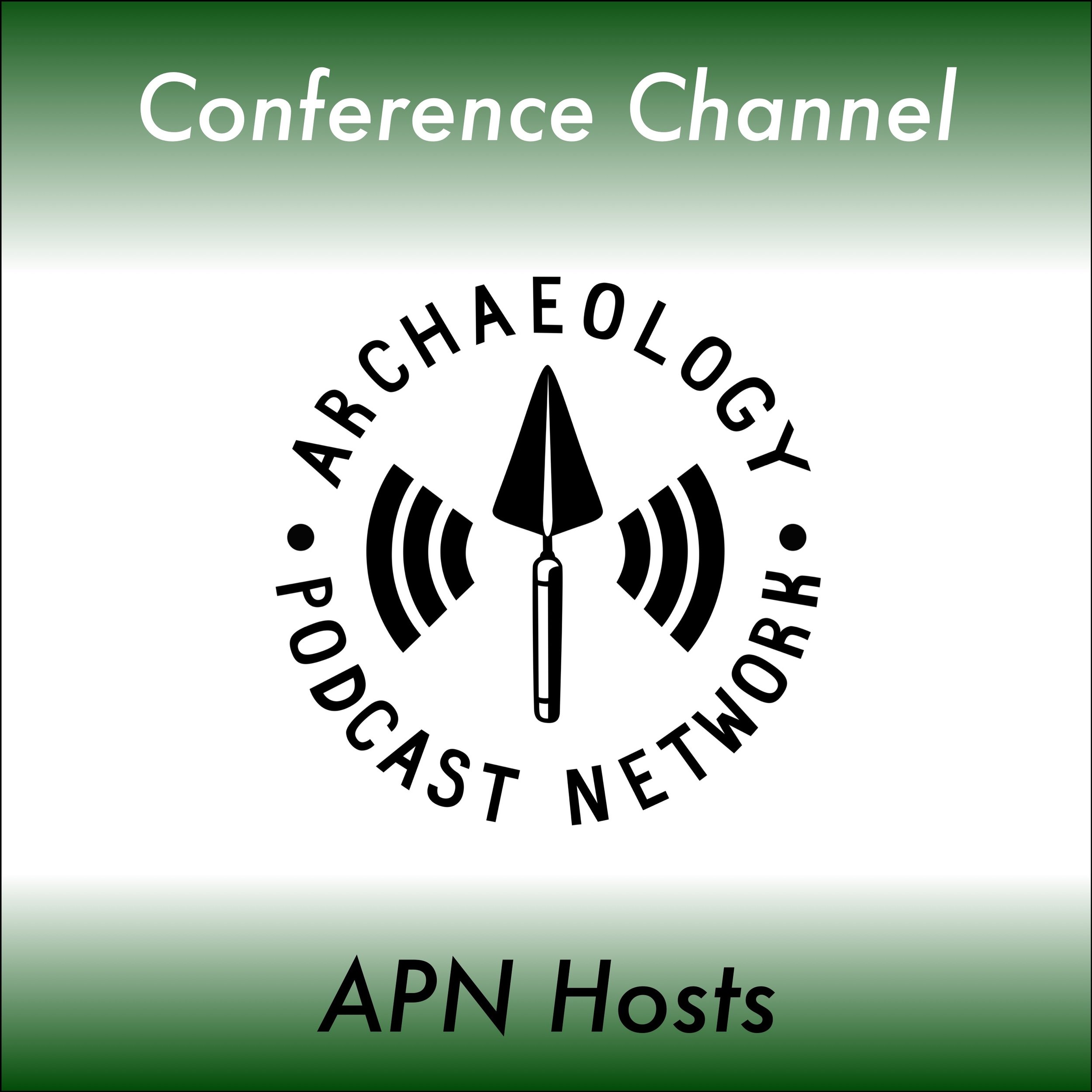058 - AAA2017 - Shankar
Papers presented at the 116th Annual Meetings of the American Anthropological Association on December 1, 2017 in Washington, D.C.
Paper: Discussant for all five presentations, Shankar
Other papers in the session:
- 053 - Who's afraid of journalism? On anthropology's (unhappy) relationship with mainstream media and what anthropological podcasts might take from journalists, Milkman
- 054 - The Archaeology Podcast Network: Podcasts as Digital Preservation and Public Outreach, Webster
- 055 - Crowdsourcing and Conversation: On the Future of Podcasting, Public Engagement, and Exercising the Anthropological Tool Kit, Collins and Gamwell
- 056 - "Everyone Tells me how they hate the sound of their own voice": The ethics of editing in podcasts, Sadeghsamimi
- 057 - The Past, Present & Future of AnthroPod, Sacco




















